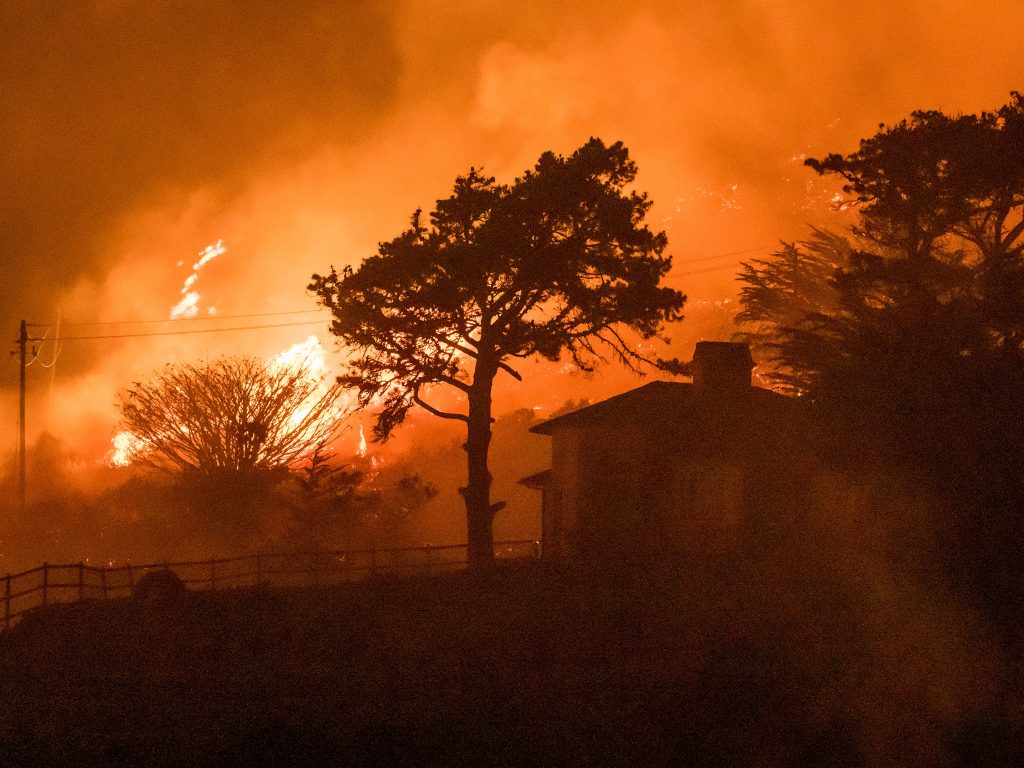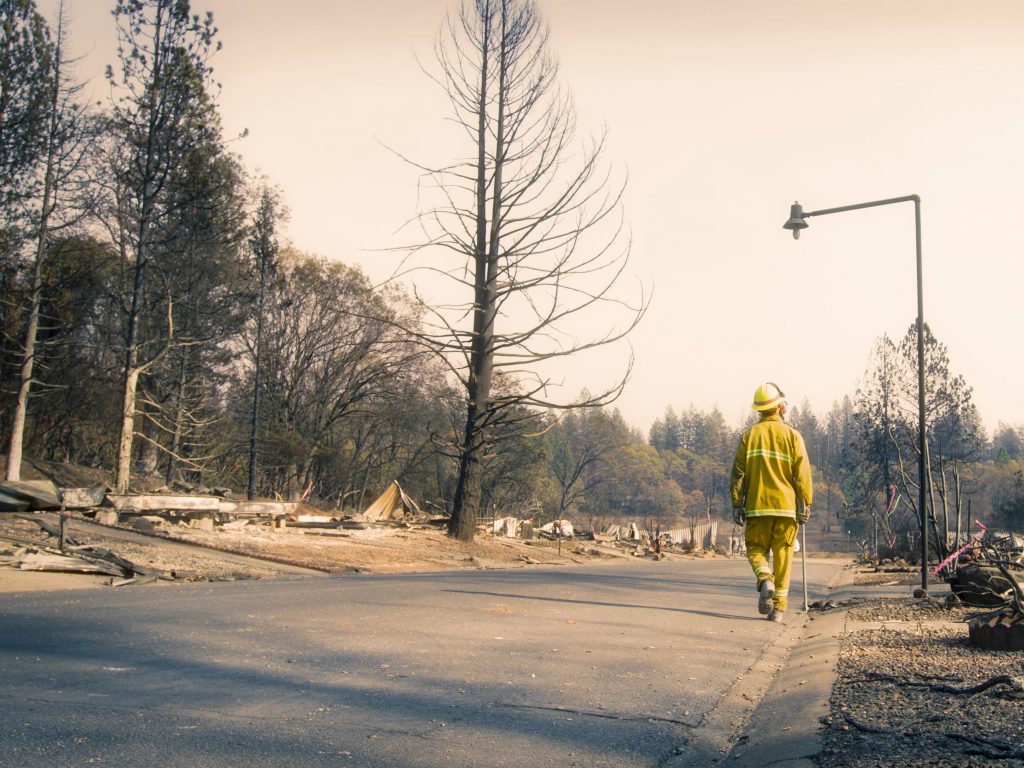- Sixteen years of wildfire data reveal fire emissions now peak in August in the Pacific Northwest.
- While carbon monoxide levels normally wane in hot summer months, they surge when blazes become more active.
- The report builds on studies that tie human-caused climate change to worsening wildfires.
Wildfire smoke that blanketed much of the Pacific Northwest in recent years caused a new spike in unhealthy air pollutants in August, a report finds.
The research, led by scientists at the National Center for Atmospheric Research and published in the journal Nature Communications Tuesday, reveals a new upward tick in harmful pollutants pumped into the air from persistent and intense fire activity. Researchers looked at 16 years of satellite-based carbon monoxide data and global inventories of fires, focusing on the period from 2002 to 2018.
Carbon monoxide levels — a trace gas resulting from fires, which serves as an indicator of the presence of even more harmful pollutants like aerosols and ground-level ozone — usually wane in hot summer months, due to chemical reactions in the atmosphere linked to changes in sunlight, according to the new study. But the researchers found a deviation from that trend, with carbon monoxide levels increasing sharply when Western blazes became much more active from 2012 to 2018.
"Wildfire emissions have increased so substantially that they're changing the annual pattern of air quality across North America," Rebecca Buchholz, NCAR scientist and lead author of the report, said in a statement. "It's quite clear that there is a new peak of air pollution in August that didn't used to exist."
Pandemic restrictions led to a plunge in fossil fuel use, resulting in lower emissions. Still, researchers at NCAR who who worked on the new study point to how worsening wildfires are offsetting those emission reductions: Levels of fine particulate pollution — harmful, lung-damaging bits about 30 times smaller than a strand of human hair — rose by 7% in 2020, the worst wildfire season on record.

Moreover, the new study highlights how air pollution can risk the health of millions of people. Researchers compared the rates at which people died of respiratory disease in Colorado during two six-year periods: from 2002 to 2011 and from 2012 to 2018. They found more people died during the 2012 to 2018 period, when smoke from flames far away in the Pacific Northwest — not stemming from Colorado fires — cloaked the air. Exposure to wildfire smoke has been linked to major respiratory problems and pregnancy complications.
"It's clear that more research is needed into the health implications of all this smoke," Buchholz said in a statement. "We may already be seeing the consequences of these fires on the health of residents who live hundreds or even thousands of miles downwind."
A growing body of research further underscores the risks and realities of wildfires in a warming world. For instance, a report from the United Nations' Intergovernmental Panel on Climate Change released last year found that fire season lengths have increased by almost 20% since the 1980s. Another UN report released in March suggests the number of wildfires worldwide could increase by up to 14% by 2030, 30% by 2050, and 50% by 2100.
"There is definitely a feedback between fires and climate," Buchholz told The Guardian. Though wildfires are a natural phenomenon, scientists believe the heat and dryness associated with human-influenced climate change feed bigger and stronger fires.
The Pacific Northwest is bracing for what is set to be another smoke-filled fire season with an "above-normal" number of wildfires — about 70,000 — predicted across the country for 2022, according to forecasters from AccuWeather.
